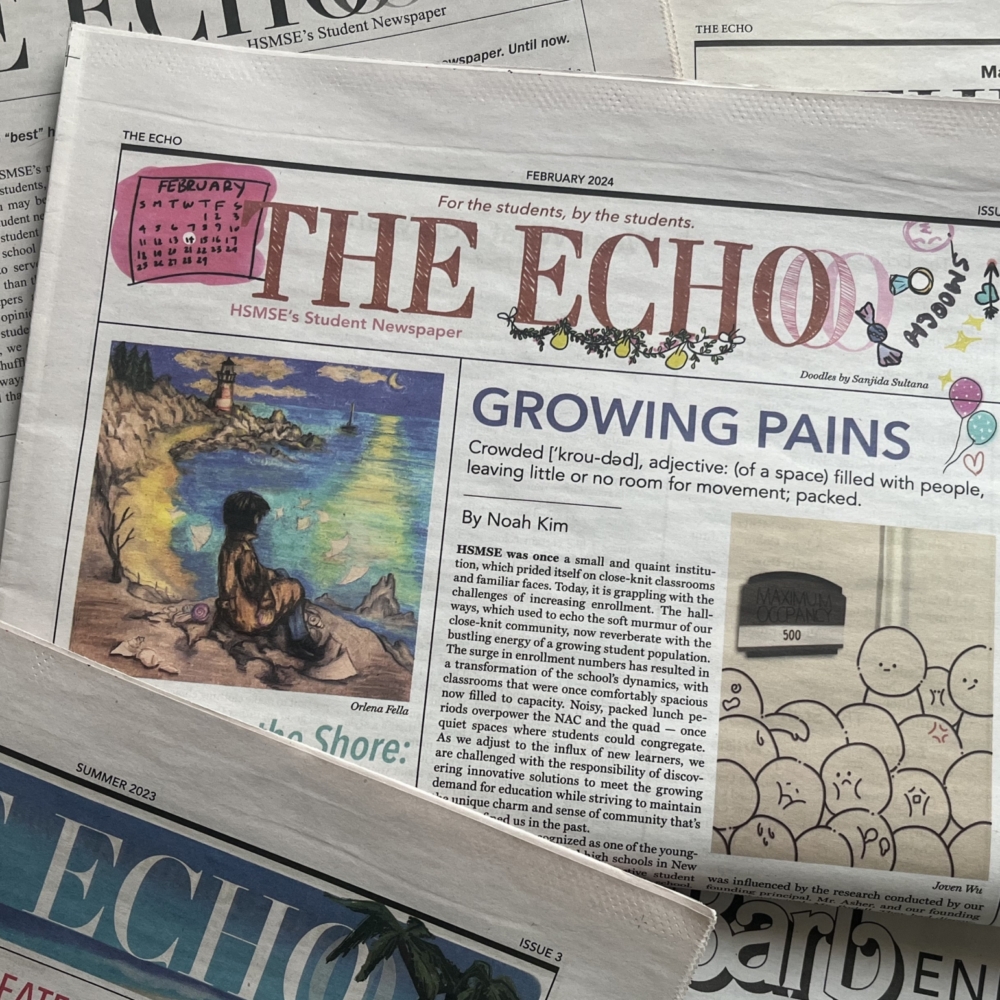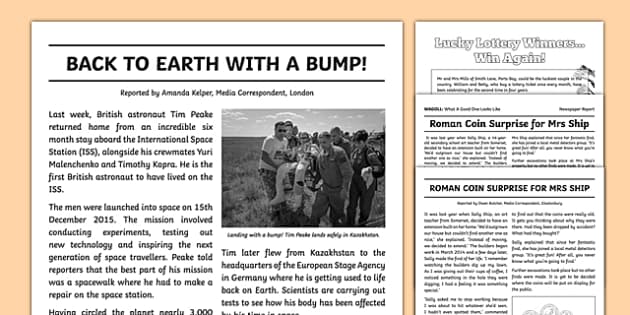10 Easy Facts About News Articles Described
10 Easy Facts About News Articles Described
Blog Article
The Facts About News Articles Revealed
Table of ContentsA Biased View of News ArticlesHow News Articles can Save You Time, Stress, and Money.Indicators on News Articles You Should KnowNews Articles Things To Know Before You BuyRumored Buzz on News Articles
Great understanding of different subjects offers students an one-upmanship over their peers. Although electronic and social media sites are conveniently obtainable, we should not neglect exactly how essential it is to review the newspapers. Moms and dads should attempt and inculcate the routine of reviewing a paper as a daily routine to proceed the legacy of the adored print medium.Newspaper article likewise contain a minimum of among the adhering to crucial characteristics about the desired audience: distance, importance, timeliness, human passion, quirk, or repercussion. The relevant term journalese is in some cases utilized, generally pejoratively, to refer to news-style writing. One more is headlinese. Papers usually abide by an expository writing style.
Within these limitations, news stories also aim to be thorough. Amongst the bigger and extra reputable newspapers, justness and balance is a major aspect in providing info.
Papers with a global target market, for example, tend to use a more formal style of composing. News Articles.; typical style overviews consist of the and the United States News Style Book.
The News Articles Statements
As a guideline, reporters will certainly not make use of a long word when a short one will do. They utilize subject-verb-object building and construction and vivid, active prose (see Grammar). They use stories, examples and allegories, and they rarely rely on generalizations or abstract ideas. News authors attempt to avoid using the same word greater than as soon as in a paragraph (occasionally called an "resemble" or "word mirror").
Headings occasionally leave out the topic (e.g., "Leaps From Watercraft, Catches in Wheel") or verb (e.g., "Cat female fortunate"). A subhead (likewise subhed, sub-headline, subheading, subtitle, deck or dek) can be either a subservient title under the main heading, or the heading of a subsection of the article. It is a heading that precedes the primary message, or a team of paragraphs of the main message.

of an article subject, source, or interviewee), it is described Get More Info as a drawn quotation or draw quote. Additional signboards of any of these kinds might appear later on in the write-up (especially on subsequent pages) to lure additional analysis. Journalistic sites occasionally use animation techniques to switch one billboard for one more (e.g.
News Articles for Beginners
Such billboards are likewise utilized as tips to the short article in other areas of the publication or website, or as promotions for the piece in other publication or sites. News release of the Swiss federal government. Regular framework with title, lead paragraph (recap in vibrant), various other paragraphs (details) and contact details.

Instance of a hard-lead paragraph NASA is suggesting one more space task. The spending plan demands about $10 billion for the job.
An "off-lead" is the second most essential front page information of the day. To "bury the lead" is to start the short article with history info or information of additional importance to the viewers, requiring them to review more deeply into a post than they ought to have to in order to discover the important points.
The Facts About News Articles Uncovered
Usual use is that one or more sentences each create their own paragraph. Journalists generally explain the company or framework of a newspaper article as an inverted his response pyramid. The vital and most intriguing elements of a story are placed at the beginning, with sustaining information adhering to in order of decreasing importance.
It permits individuals to check out a topic to only the deepness that their curiosity takes them, and without the charge of details or subtleties that they can take into consideration unnecessary, however still making that information readily available to much more interested visitors. The inverted pyramid structure also enables short articles to be trimmed to any type of arbitrary length during format, to suit the area offered.
Some authors start their stories with the "1-2-3 lead", yet there are lots of type of lead offered. This style inevitably begins with a "Five Ws" opening paragraph (as defined over), adhered to by an indirect quote that offers to support a major element of the first paragraph, and afterwards a direct quote to sustain the indirect quote. [] A click site twist can refer to several things: The last tale in the information broadcast; a "happy" story to finish the program.
Longer write-ups, such as publication cover short articles and the pieces that lead the inside sections of a paper, are referred to as. Feature tales differ from straight news in a number of means. Foremost is the lack of a straight-news lead, many of the time. As opposed to providing the essence of a story up front, attribute authors might attempt to entice readers in.
9 Easy Facts About News Articles Described
A function's initial paragraphs typically relate an interesting moment or occasion, as in an "anecdotal lead". From the particulars of an individual or episode, its sight swiftly widens to generalizations about the story's subject.

The Editor's Tool kit: A Recommendation Guide for Beginners and Professionals (2001) Allan M. Siegal and William G. Connolly. The New York City Times Manual of Design and Usage: The Official Style Overview Utilized by the Writers and Editors of the Globe's The majority of Authoritative Paper (2002) M. L. Stein, Susan Paterno, and R.
Report this page